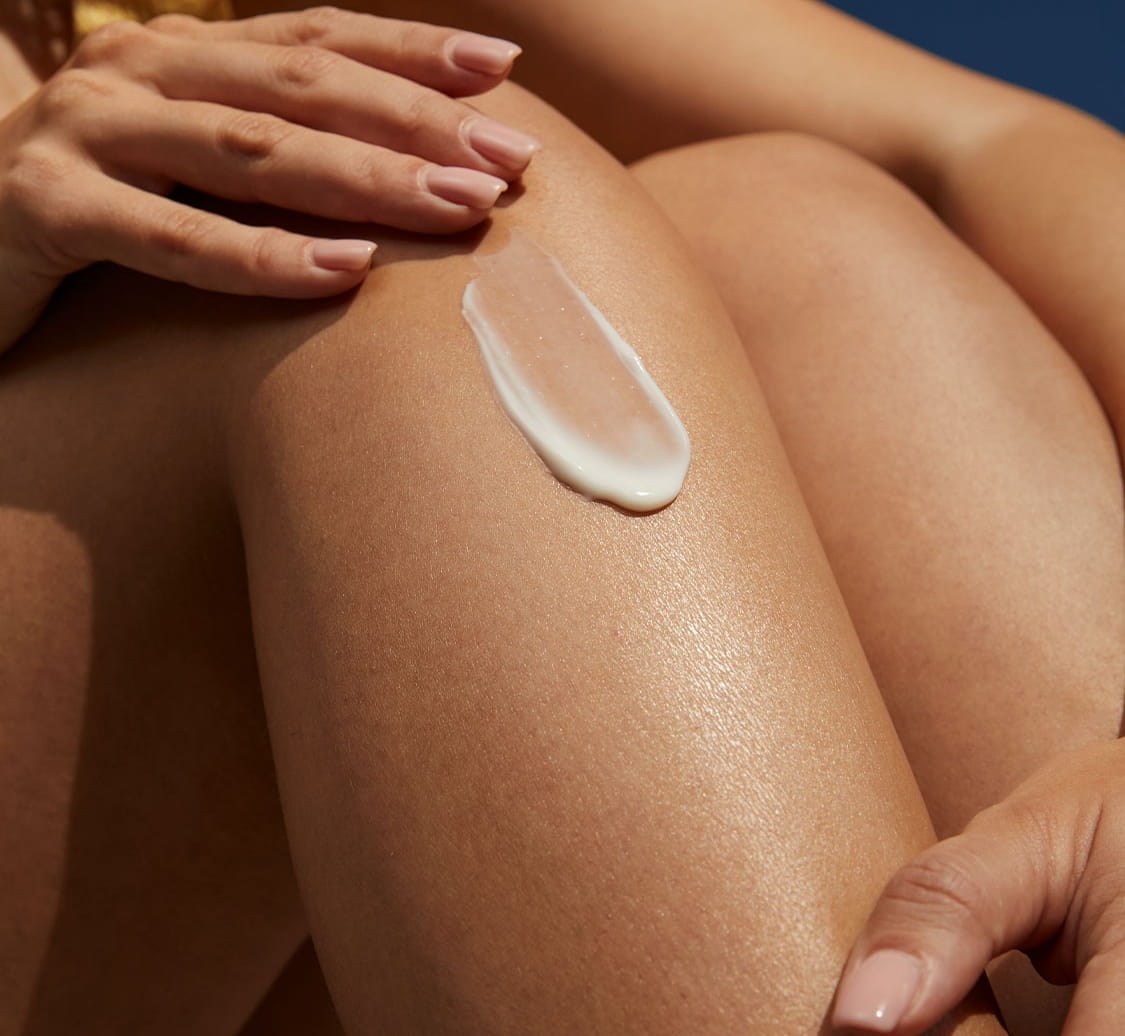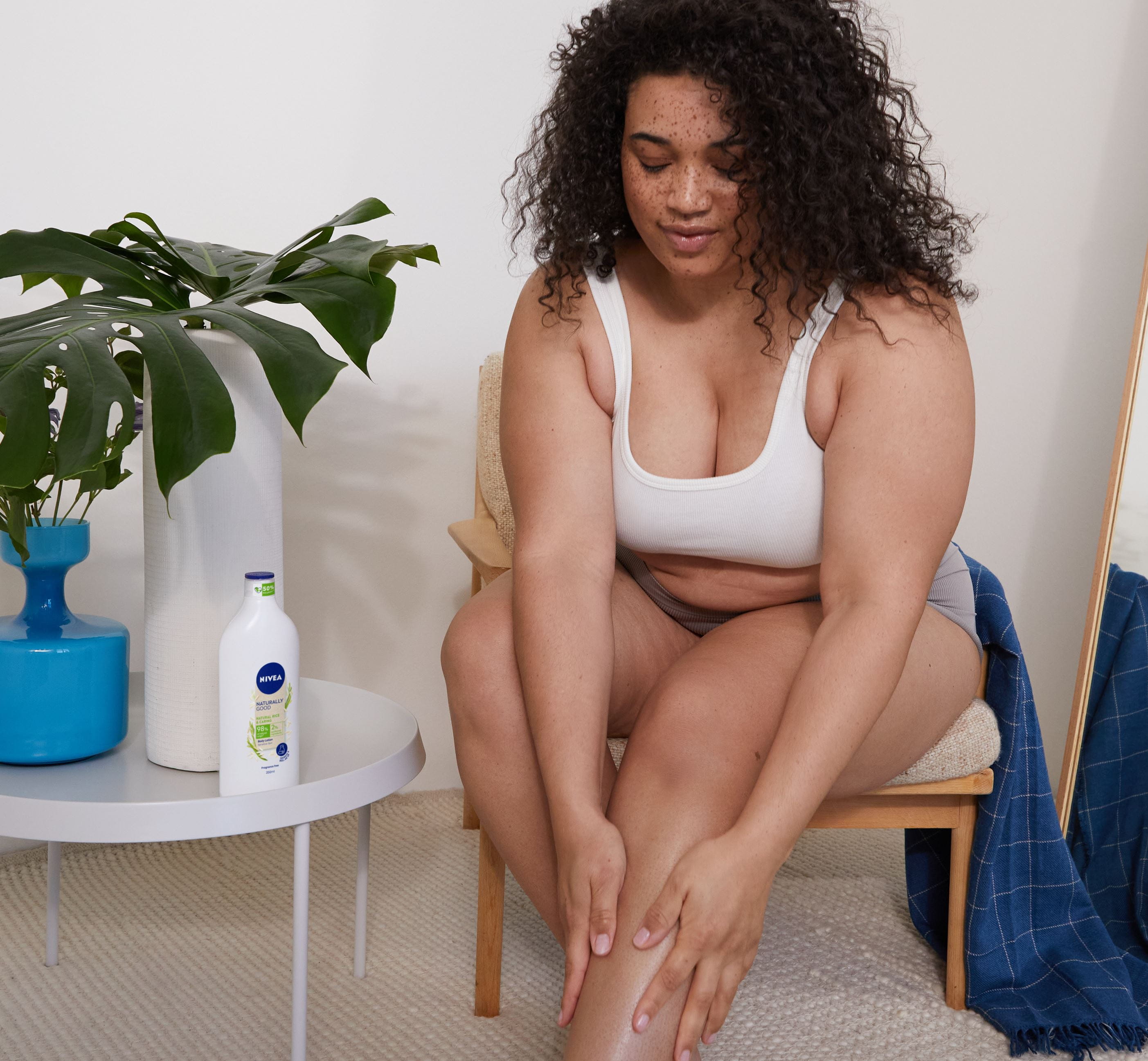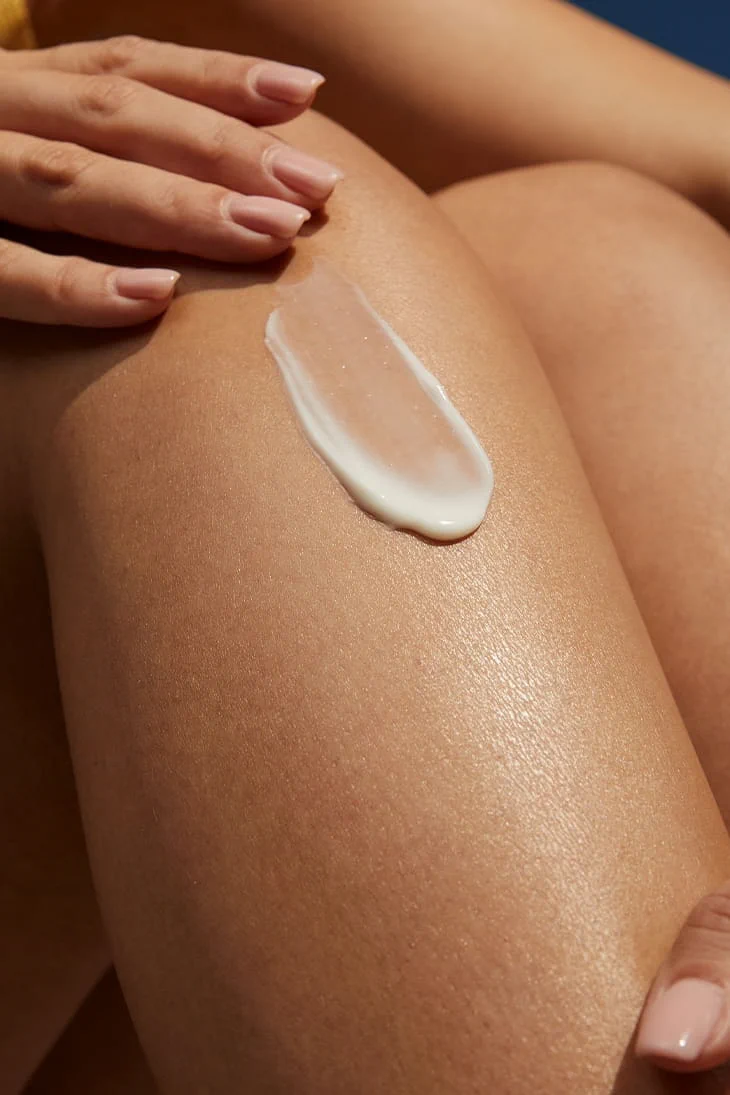There are many causes of dry or itchy legs. It can happen at any time, day or night. Some itchiness is completely normal and need not be mentioned. Others, however, may be the result of a skin condition that needs to be treated by a pharmacist or doctor. Here are some of the main causes of dry, itchy legs:
- Eczema: this is one of the most common skin conditions. It can manifest itself as patches of dry, itchy skin. Some moisturising creams can help, but it's always best to speak to your doctor if you're affected.
- Psoriasis: This skin condition can take the form of red or grey patches on fragile skin. It is often found on the legs or arms. A dermatologist or general practitioner will be best placed to advise you on a suitable cream or ointment, although the causes of psoriasis are not yet fully understood.
- Dry or peeling skin: In general, dry skin is nothing to worry about and can be treated with moisturising creams, lotions or milks. However, if you have been burnt as a result of overexposure to the sun, you should look out for an after-sun treatment with aloe vera to soothe and repair the skin. In more serious cases of burnt skin, always consult your doctor.
- Cool weather, strong winds or low humidity can dry out your skin and cause eczema or simply dry skin. But don't worry, it's not uncommon for people to suffer from seasonal eczema.
- Irritants or allergens such as pollen, latex or insect bites can also cause dry skin on the legs or arms. It's always best not to scratch the affected areas and to resist temptation. A pharmacist will be able to advise you if you think you have been irritated by an external cause.
- Age: As we age, our skin's ability to retain moisture diminishes. This can inevitably lead to dry skin, particularly on the legs. So it's important to maintain a good moisturising routine to keep skin well nourished.






